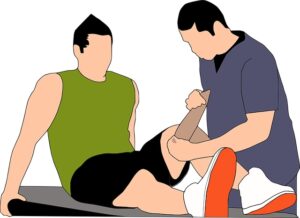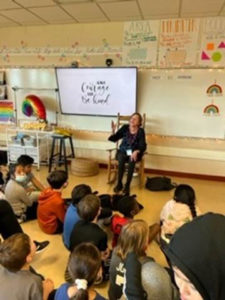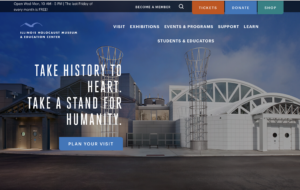Mondays with Mike: Therapy
May 15, 2023 • 13 Comments • Posted in Mike Knezovich, Mondays with Mike, Uncategorized
A quick update: After weeks of visiting a wound clinic, the wound is healing (one word: Medihoney). My wound and I are on much better terms with one another now and a cortisone shot allows my arthritic big toe on my right foot to, you know, move and stuff. I still use a walking stick, but mostly just to signal to fellow pedestrians and to drivers that hey, this is as fast as I can go right now. And my back spasms—due mostly to walking crooked for months—are improving thanks to physical therapy.
Speaking of which, PT has been a godsend for me several times now. It’s so practical, and I learn so much about how my body works, that I always think of Beth’s comment about PT: How come we don’t learn a bunch of this starting in elementary school? Sort of a practical anatomy course? Probably somebody in Florida would find it improper.
I’m lucky, because the Athletico I go to is all of a block away, so I don’t have to miss much work at all. I don’t mind the hour—I’m pretty good about doing exercises at home but it’s good to have a professional monitor my form and keep tabs on things. I do wonder if there’s a physical therapy laboratory somewhere that churns out PTs, controlling for genetics and only turning out extremely perky, energetic, and upbeat professionals.
My latest perky PT left me with an unforgettable line during my first visit. After a rapid fire explanation of an exercise (which, for the record, I was able to follow even in my dotage). “I’m a millennial,” she said, “so I’m sorry if I’m talking too fast.”
I’m doing my best to keep up.
Also, I’ve had mental health therapy now for decades off and on. It first started when Gus moved away and I found myself completely at sea. Once again the wise Beth Finke persisted until I said, OK, I guess so.
It was a good decision, and although the names and faces have changed, it’s kept me less nuts and difficult than I would’ve been without it. I’m downright pleasant at times. I think.
A couple months ago I got a call from a representative of our insurer. She asked how I was doing (probably while looking at the roster of appointments I’d been to) and whether I’d be interested in a counseling program they offer for pain management. She had me at “it’s free.”
So for eight weeks I saw a therapist one morning and a coach another. They had sort of a canned cognitive behavioral therapy (CBT) program. It was a little rote but was largely helpful, even though at some sessions, I heard more about a therapist’s recovery from surgery than my own plight. But I was glad to help.
So on alternating weeks I actually saw three people. It was hard to keep them all fed.
(On the subject of CBT, our dear friend and sometime blog contributor Regan Burke tipped me off to a terrific little tool when it comes to pain management. It’s called The Pain Management Workbook, and it, too relies on CBD and mindfulness to help one manage pain. If you or someone you know deals with pain—chronic or otherwise—I highly recommend it.)
I’m thankful to all the people out there who’ve made it their lives to help the likes of me and others. And for your patience—I’ve sort of broken a pact by disappearing for these past months, but, like it or not, I’m back.

